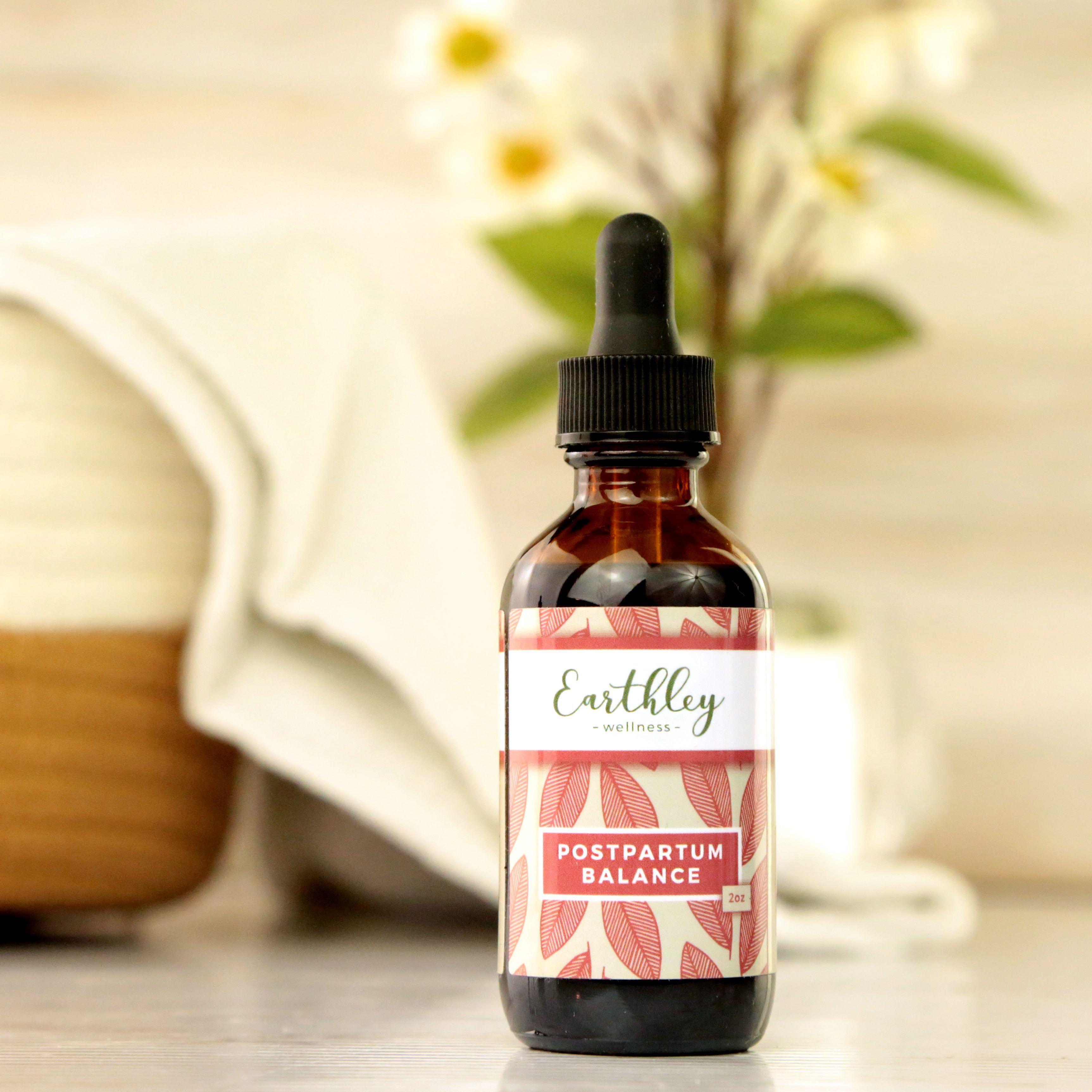DIY: Cramp Tincture
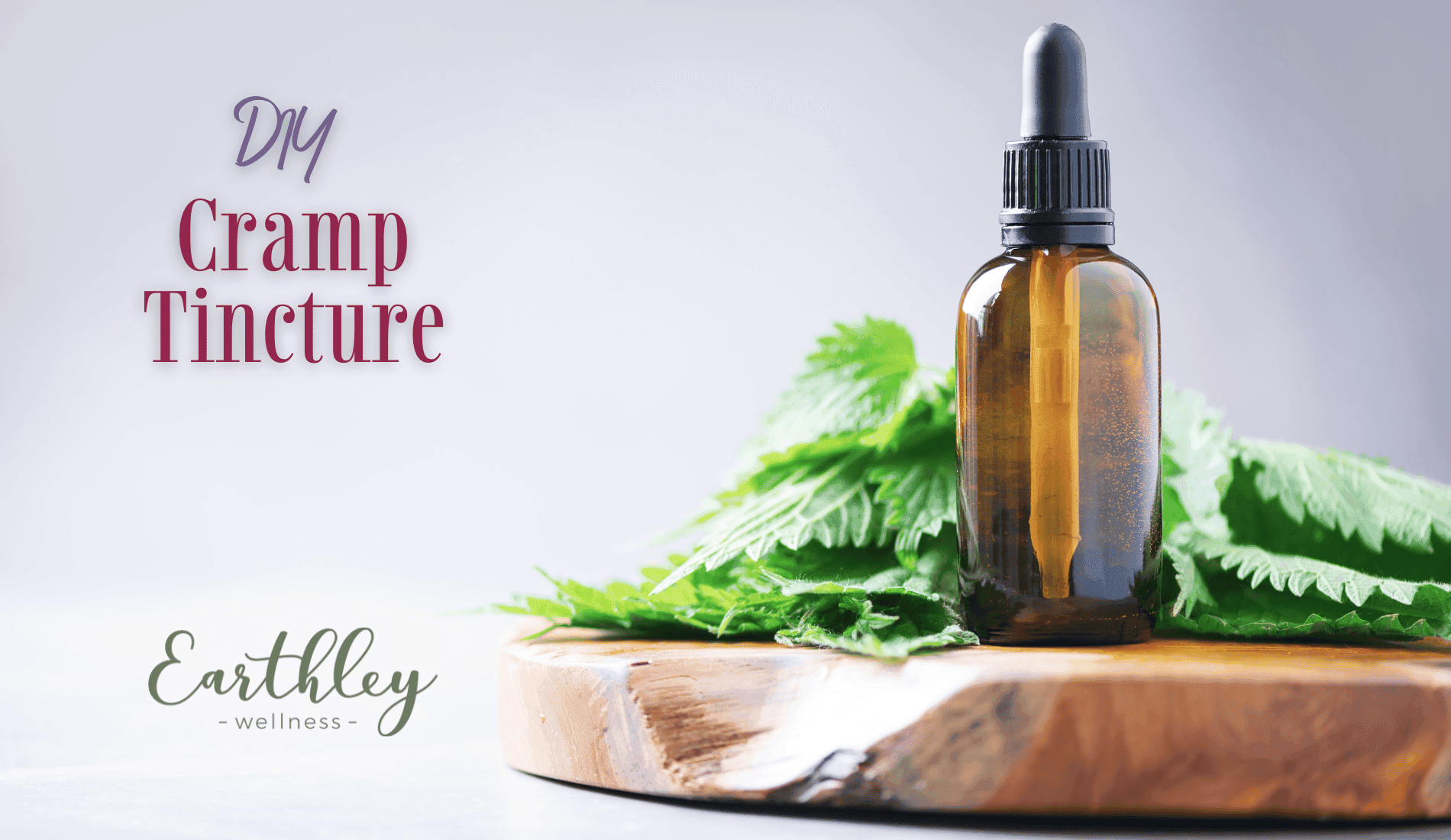
Towards the end of your pregnancy (ideally before or around 31 weeks so it has time to steep and get strained) it is a great idea to start a cramp bark tincture. Then you don’t have to worry about it being done and ready when needed.
But let’s take a step back. What is this, and why do you need it?
After each baby, the afterpains get stronger. These are the contractions that help to shrink your uterus back to its normal size. They last up to a week after birth and occur especially when you are breastfeeding (the oxytocin released during breastfeeding causes the contractions). They’re a good thing because they mean your body is healing. But they can be quite uncomfortable.
Plus, most moms lose a fair amount of blood during birth — even if it’s normal. It’s part of the process. And your hormones are trying to regulate, your milk is coming in, and you might be exhausted from labor….
You need something to help combat all of this! It will not be uninterrupted hours of sleep (which would be nice!) with a brand-new baby to feed. So, the herbal tincture comes in.
About the Ingredients
You’ll find as many recipes or versions of this as you will women. Many use cramp bark, motherwort, black haw, yarrow, comfrey leaves, and other herbs. Everyone’s needs are a little different. I chose the herbs that made the most sense to me and seemed the most beneficial over time.
Red raspberry leaf — helps tone the uterus, balance hormones, and increase the milk supply.
Nettles — rich in vitamins and minerals, all-around nourishing herb, good for milk supply
Cramp bark — helps to reduce uterine contractions/cramping/pain
Motherwort — nourishing, reduces anxiety, balances hormones, known as “mother’s herb” (cannot be used in pregnancy because of its effects on the uterus — also good for PMS symptoms)
These are the four I chose. Black haw is very similar to cramp bark. Comfrey is for general healing and high in calcium, but I prefer to use it externally only (and many will use it that way).
If you love this idea but don’t want to make it yourself, you can buy Earthley’s Ease the Ache, which is the version of this we sell at my all-natural storefront. We also have an alcohol-free version!
It’s a good idea to use the first two throughout pregnancy, especially in the third trimester, with third-trimester tincture. Try adding that to a glass of morning cranberry juice mix recommended by Kate (which consists of unsweetened cranberry juice, gelatin, and a little raw honey. She takes her liver pills with it, too.)
This tincture is alcohol-based. Many are likely to use glycerin if you make tinctures primarily for vitamins and minerals. Also, if you make them for children!
Some may prefer the alcohol if they are just after the medicinal properties and don’t mind he taste and alcohol intake.
You can also use this cramp tincture for general menstrual cramps. It works SO well! This is definitely not just for postpartum — it’s beneficial to any woman.
Cramp Tincture
Ingredients:
- 2 tbsp. cramp bark
- 3 tbsp. motherwort
- 4 tbsp. nettles
- 6 tbsp. red raspberry leaf
- 2 cups 100-proof vodka
Directions:
Step 1: Add all the herbs to a glass jar.
Step 2: Pour vodka over it to cover.
Step 3: Add a lid and shake until combined.
Step 4: Let this mixture sit in a cool, dark place for 6 weeks. Strain through cloth and store in dark brown glass bottles.
It’s easy! It takes only 5 minutes to put together, 6 weeks to ignore, and another 5 minutes to strain and bottle.
Usage:
1 dropper full of cramp tincture as needed to control after pains or cramps. I use it about every 3 to 4 hours for the first day or so for afterpains, and I use it usually once during my period for cramps — but I rarely need it anymore.
Looking for more Mentstrual Cycle Information? Check out The Truth About Your Menstrual Cycle.
Check out these products!
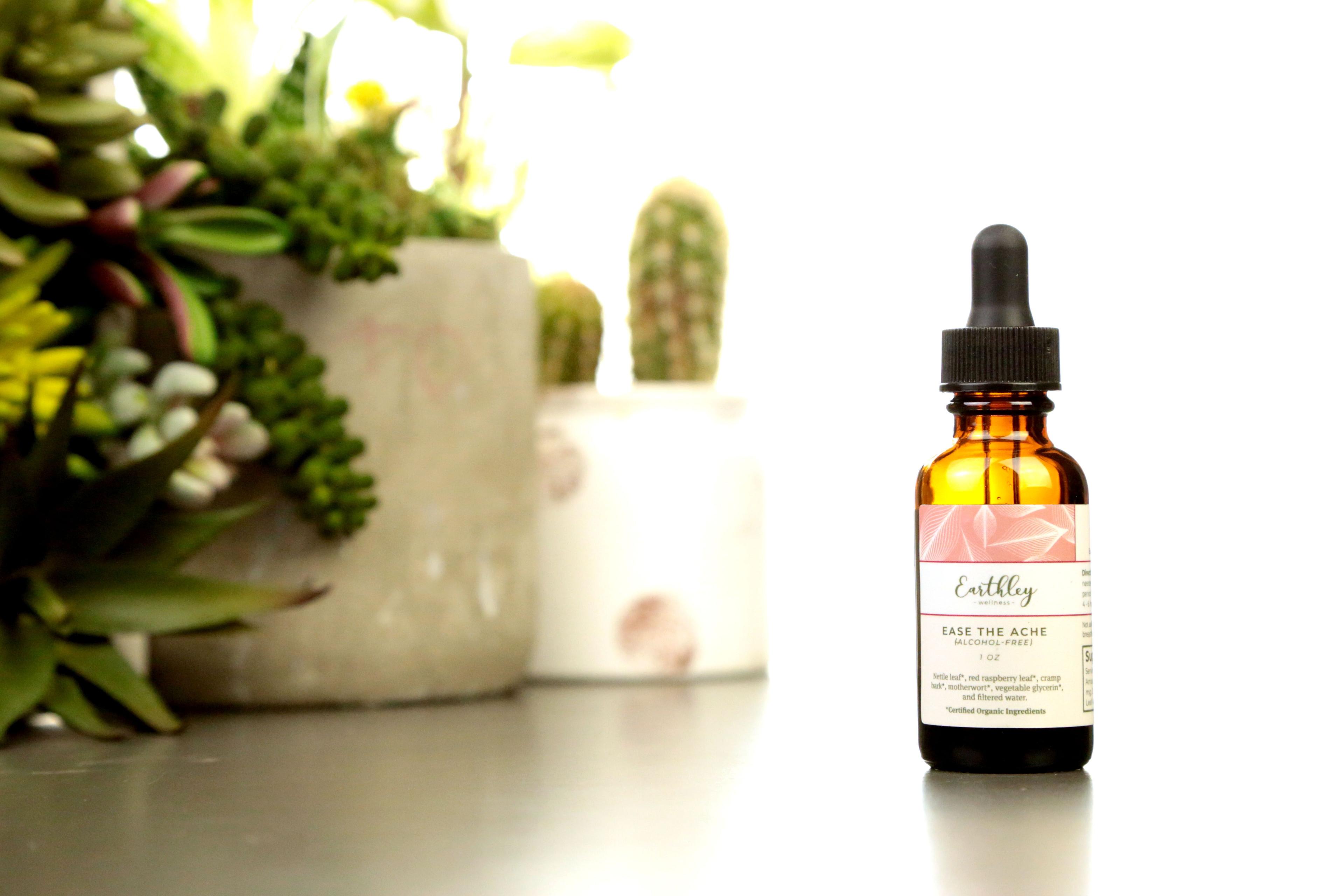
For the relief of occasional cramps and bloating
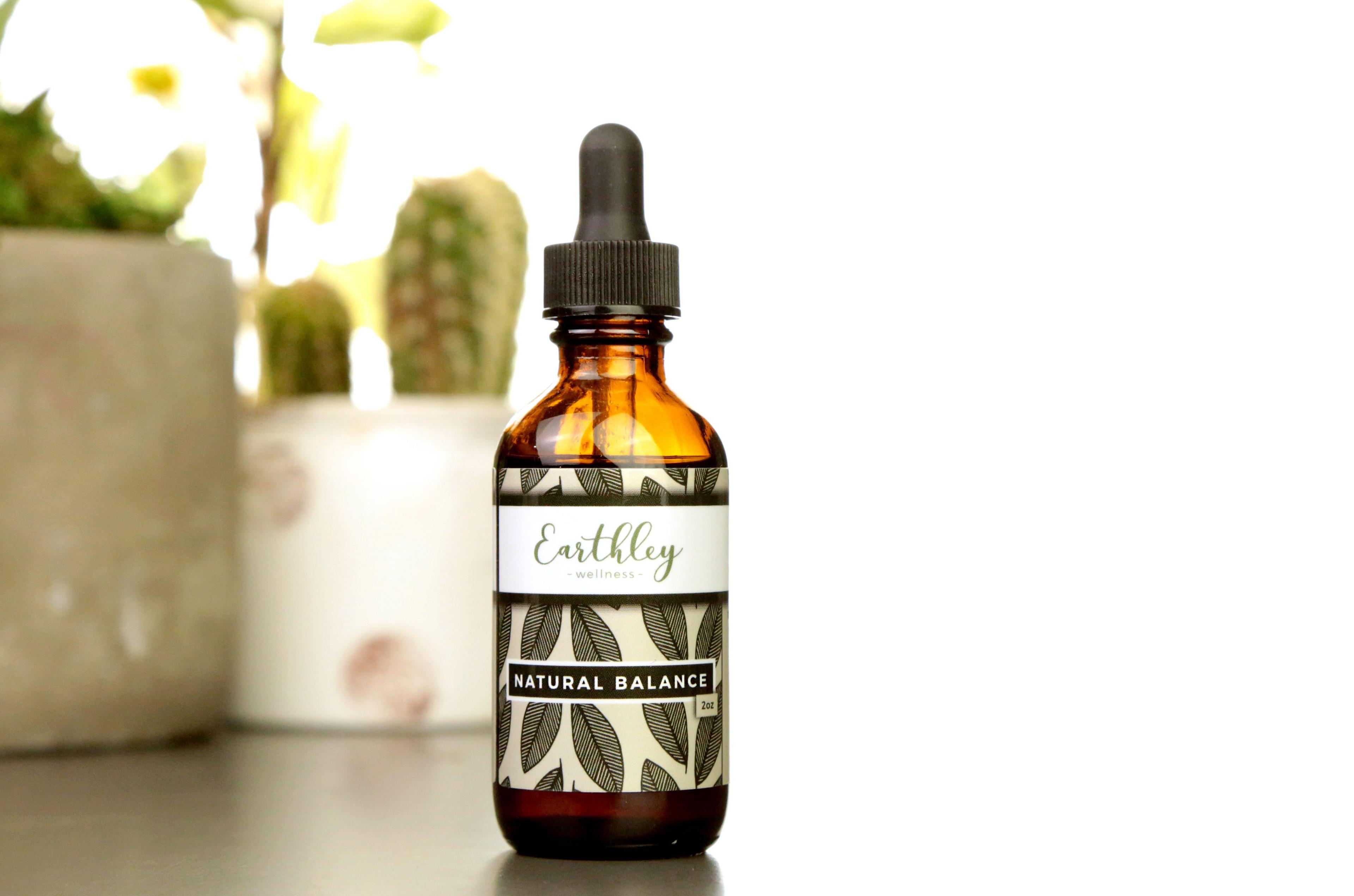
For hormone and energy support.
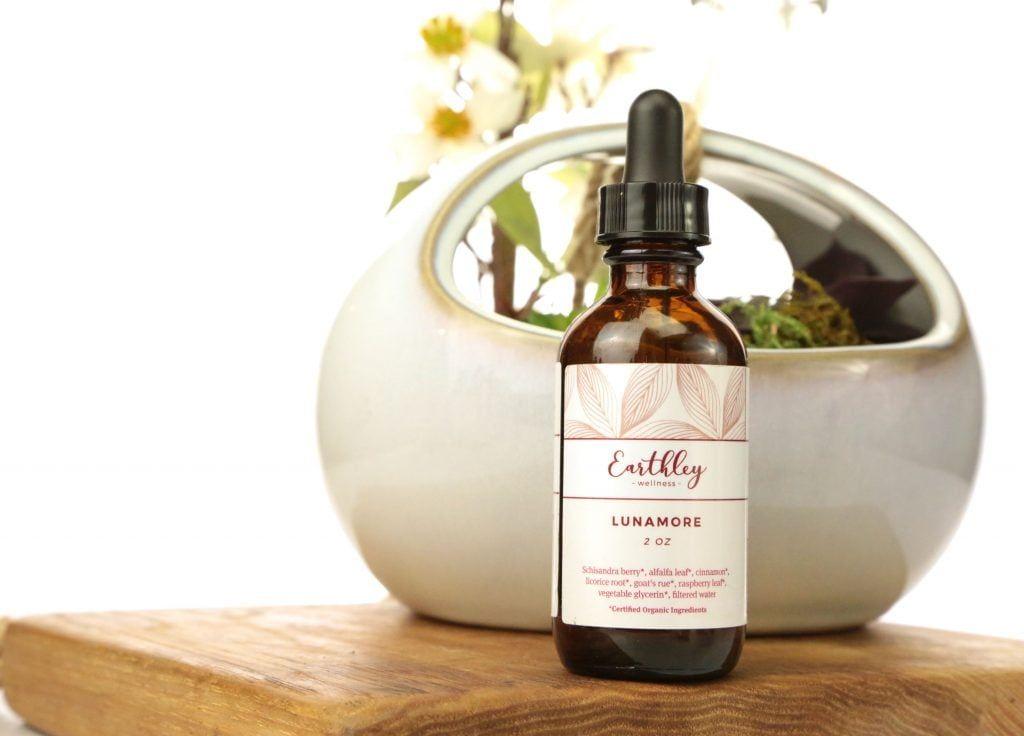
Balances your cycle and supports healthy metabolism
